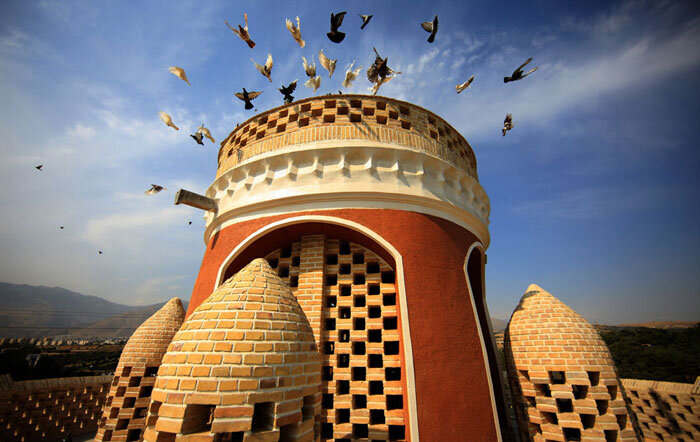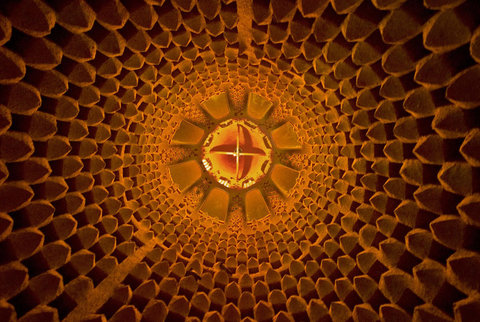Iran (IMNA) - Different societies, from ancient to contemporary, have innovated ways of supplying their agricultural fields with efficient ingredients such as nitrogen and phosphorus. One of the crucial and natural fertilizer for crop productivity is using chicken, duck, geese and pigeon’s guano. Indeed, Persian pigeon towers are one of the most fruitful solution in order to overcome the nitrogen- phosphorus problem.

Supplying Natural Fertilizer
In the 16th and 17th century, pigeon towers or dovecotes were built in towering structures and filled with a honeycomb of small roosts for the pigeons. Each tower held as many as 14000 pigeons and they could fly comfortably inside the towers. pigeons were as invaluable resource in Iran. In fact, pigeon’s droppings contain plentiful amount of nitrogen which have a particular role in the growth of plants and vegetables. Hence, they were shoveled up several times per year and sold to farmers; in that period, pigeon’s guano was used as a natural fertilizer in watermelon and cucumber fields.

Simple and Unique Architecture
Regarding architectural theme and variation, pigeon towers are amazing. Indeed, they are examples of Iranian architecture which have been built of mud brick and gypsum. As a matter of fact, pigeon towers are example of what is called vernacular architecture—a type of structure that is simple, without the supervision of professional architects, still architecturally unique.

Moreover, at the center of the structure a large cylindrical drum was built. This drum was made of mud bricks in order to maximize the surface area and house up to ten thousand pigeons. Interesting point is about the top of the tower, at the very top of the tower there are holes that pigeons can fly comfortably, but these holes are inaccessible to snacks—the pigeon’s main predators. Today most of Persian pigeon towers, more than 700 mud-brick towers, are in Isfahan but they are unused and many of them lie in disrepair.

Significant Role of Pigeons in the Persian Economy
Pigeons are prominently featured in Persian culture, to such an extent that most European travelers such as Marco Polo made remarks in his travel diaries. So, once upon a time these magnificent monuments were crucial part of the agricultural economy in order to provide natural fertilizer for crop productivity.

By: Elahe Jalali


Your Comment